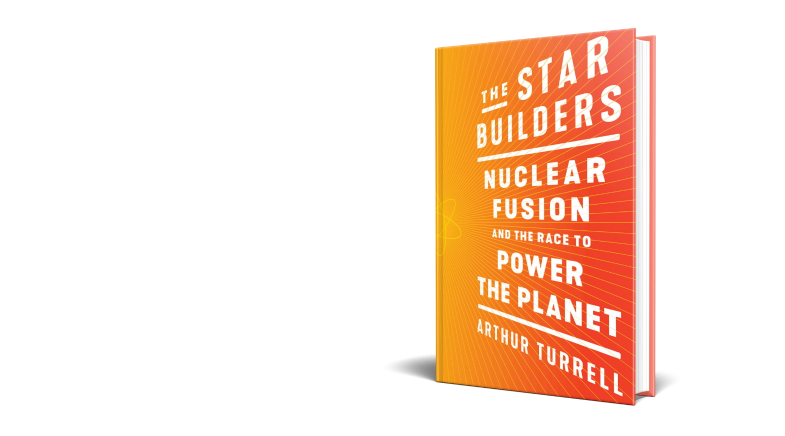An agritech revolution is starting up
-
- from Shaastra :: vol 02 issue 01 :: Jan - Feb 2023

howindialives.com
howindialives.com is a database and search engine for public data
The past few years have seen a number of fault lines surface in agriculture. Heat waves in South Asia, and later floods in Pakistan, highlighted the sector's vulnerability to extreme weather events (see 'Scorched earth and pouring rain,' bit.ly/3WuizgY). Meanwhile, there are concerns around the environmental impact of agriculture itself. For example, excessive use of fertilizers (see 'Rachel Carson broke the silence on a killer', bit.ly/3FZXdAU). Yet, as Sri Lanka's ill-advised attempt to go organic shows, solutions are not easy, and can even have disastrous consequences.
With all these constraints, and with the world population crossing 8 billion, agriculture needs to produce enough to meet the growing demand for food, while providing adequate income to farmers. Technology and innovation promise to help in these endeavours.
THE CHALLENGE
The key challenge before agriculture today is how to produce enough to feed a growing population, without damaging the environment and draining key resources, while taking care of livelihoods of those dependent on agriculture.
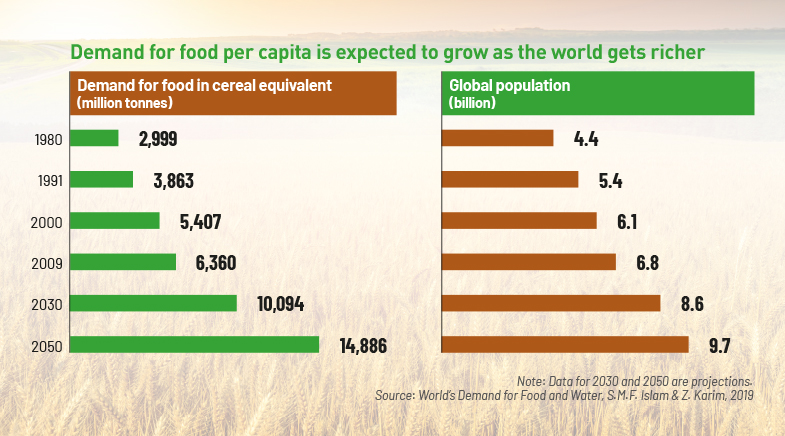
World population is expected to touch 9.7 billion by 2050. Demand for food is expected to outpace population growth, as per capita consumption goes up with rising income levels. The growth in demand for food will be primarily driven by developing countries, led by India. While doomsday predictions of food shortages never came true due to a growth in productivity, high levels of malnutrition and lack of food security in the developing world pose a challenge to the agriculture sector.
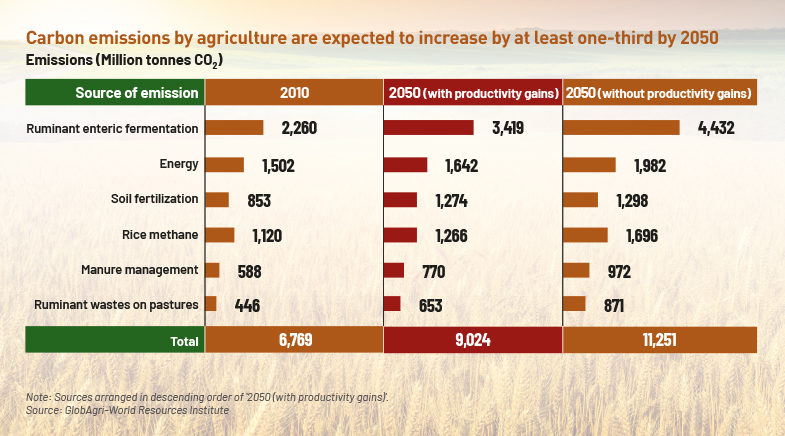
Carbon emissions from agriculture hit the media headlines during the stubble-burning season. Agricultural emissions are also a concern amid rising global temperatures. A report by the World Resources Institute, the World Bank and the United Nations points out that the sector should reduce emission by two-thirds from 2010 levels even as it addresses higher demand for food. Productivity gains are important, also because the freed-up land can be used for reforestation.
For India, increasing productivity is even more important because, as a recent report from financial services firm Avendus Capital points out, "India has the highest dependence on agriculture amongst major economies, but suffers from substantially low realizations per hectare and per agri-employed person."
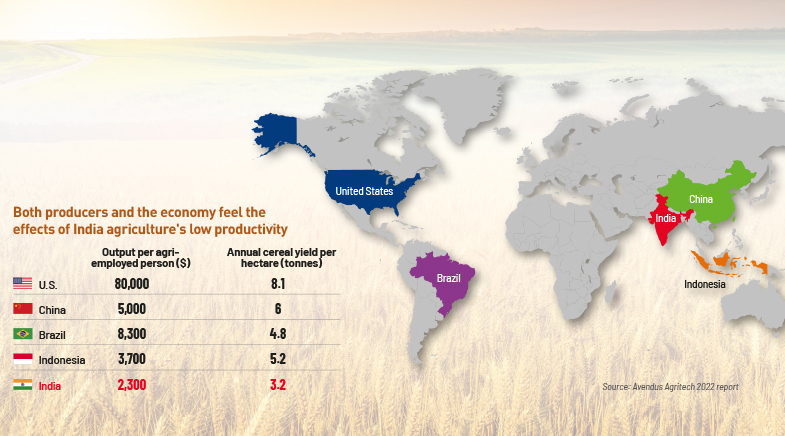
TECH SOLUTIONS
Agricultural productivity is being driven by biological sciences and information technology. Both are key because the challenges extend across the supply chain.
Smart farming promises to boost productivity, and sustainability. Therefore, by some accounts, it contains the promise of another Green Revolution, by increasing efficiency with data, Artificial Intelligence, sensors, drones and robotics. According to BIS Research, the market value of smart farming is set to cross $34 billion by 2026, from about $17 billion now. It will be driven by precision agriculture, which uses technology to sense and respond
for productivity.
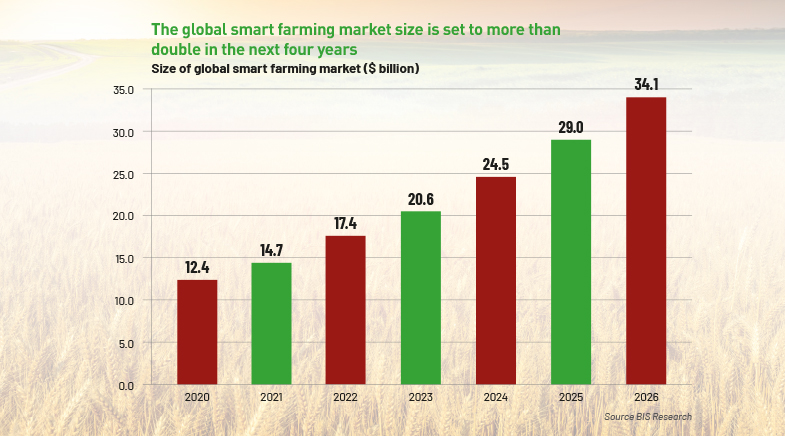
By merely reducing wastage, the total food available could increase by 42% in North America, and by 15% in Latin America, the two regions that represent the extremes in wastage. The reduction in some cases demands investments in hard infrastructure, including better storage facilities and logistics. In some cases, it demands better tracking of data and complex planning.
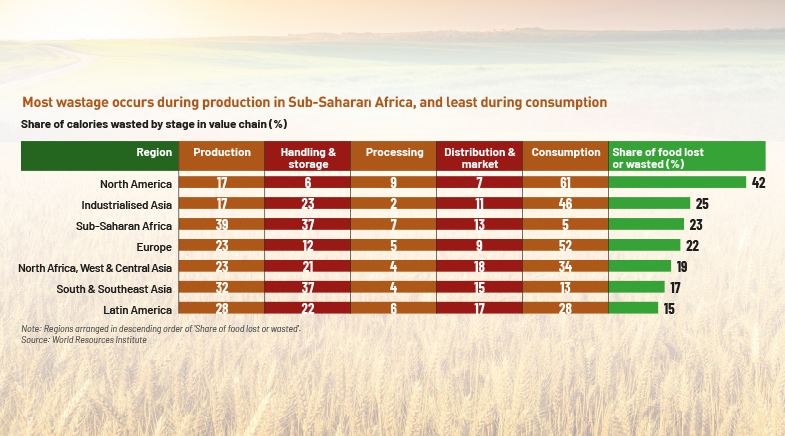
Among the key drivers of the Green Revolution, globally and in India, were high-yielding varieties of cereals, besides fertilizers. Advances in biological sciences have meant not only better varieties of crops, but also better processes. Management consulting firm McKinsey notes that: "Advances in molecular biology have made R&D and delivery processes more precise, predictable, and deliberate — enabling rational design rather than discovery by accident. Increasing knowledge of human genomes and the links between certain genes and diseases is enabling the spread of personalized medicine and precision agriculture." However, not only do adoption rates vary between countries, even the extent of awareness differs.
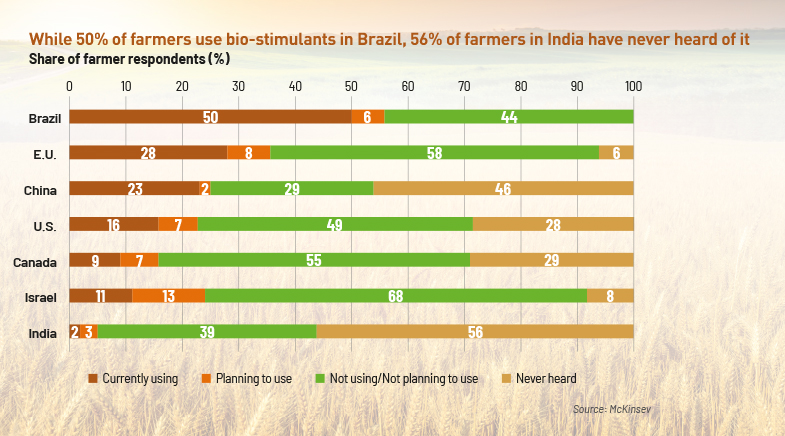
INVESTMENTS
While the Green Revolution was driven primarily by the government, with significant support from non-government agencies such as the Rockefeller Foundation and Ford Foundation, the present technology revolution is expected to be driven by start-ups. In fact, the Indian government recently announced that it funded over 60 start-ups to increase millet consumption in the country.
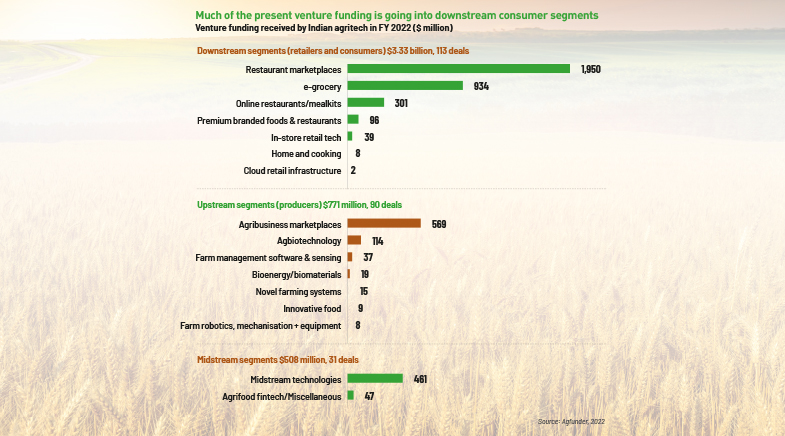
It is a part of a broader policy with a number of initiatives to promote start-ups, including by setting up start-up accelerators for the sector. In the venture capital area in general, two-thirds of investments in agritech went to just three segments: restaurant marketplaces, e-grocery and online restaurants. However, the challenges demand patient capital, with funding directed into R&D and deep tech start-ups.
Have a
story idea?
Tell us.
Do you have a recent research paper or an idea for a science/technology-themed article that you'd like to tell us about?
GET IN TOUCH
